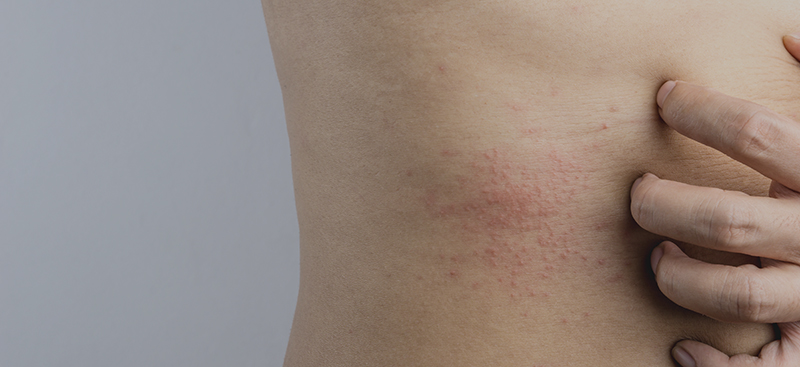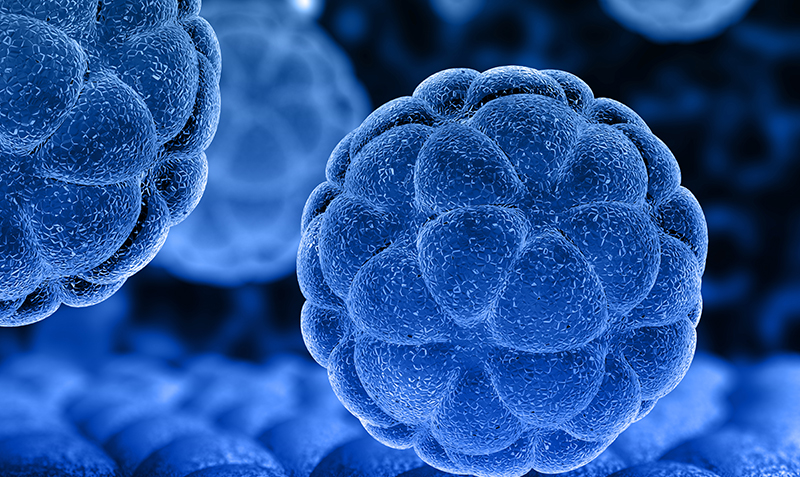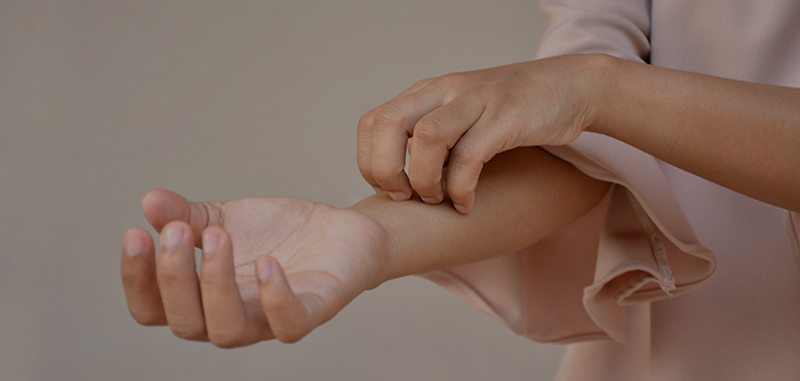An EAACI Task Force on Skin Microdialysis was formed to gain knowledge about the technique and its applications in chronic inflammatory skin diseases, such as atopic dermatitis, chronic urticaria, psoriasis and other hypersensitivity reactions.
Skin microdialysis is a versatile sampling technique that can be used to recover soluble endogenous and exogenous molecules from the extracellular compartment of human skin. It is minimally invasive and can be applied in both clinical and preclinical settings, however it has still not reached its full potential use as a tool to explore pathophysiological mechanisms of allergic and inflammatory reactions in the skin.
Thin tubular dialysis membranes are inserted into the dermis or the subcutis and perfused at a low speed with a physiological solution. Molecules soluble in the extracellular fluid diffuse into the tubular microdialysis membrane and are collected in small vials for analysis.
Signs and symptoms of urticaria (itchy wheals and angioedema) can be induced by skin provocation with relevant triggers, which makes skin microdialysis ideal for the investigation of inducible urticaria. It has also been used to monitor the therapeutic effect of desensitization or antihistamines in cold urticaria patients by measuring histamine or cytokine release in response to cold provocation. It has shown that cold challenged patients with cold urticaria treated with increased doses of bilastine, significantly reduced late phase histamine and proinflammatory cytokine release.
In conclusion, there is still a huge potential for skin microdialysis to become a standard and routinely used technique in experimental dermatology and allergology, as it provides quantifiable data of the mediators involved in the inflammatory response in situ.
















